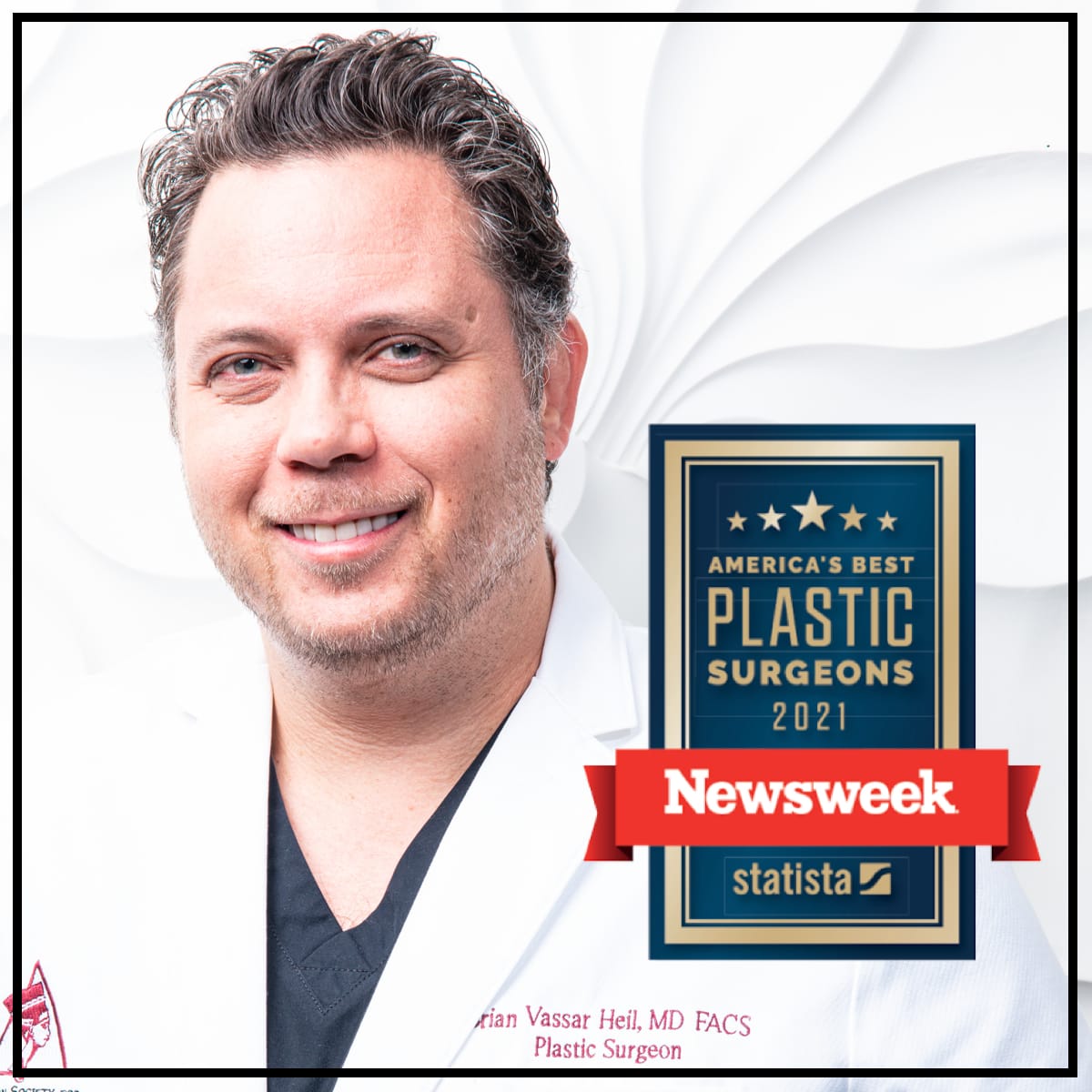5 Questions about Breast Implants You Didn’t Know You Had
Over 250,000 women decide to get breast implants each year in the United States, making breast augmentation the single most popular plastic surgery procedure (American Society of Plastic Surgeons). If you’re thinking about opting for implants, you probably have plenty of questions about the procedure and its results. While your plastic surgeon is an excellent resource for addressing these, some questions may not immediately come to mind. Here are five common, yet less obvious concerns about breast implants to which many women seek the answers.
1. Will My Nipples Be Affected?
The answer to this question largely depends on your individual goals for breast augmentation. Women who wish to change the size or shape of their areolas can achieve this through their breast augmentation procedure. On the other hand, if you’re concerned about your nipples being affected, you can work with your plastic surgeon to design a surgical plan that won’t affect the size or shape of the areolas.
2. Can I Still Breastfeed?
This is another common question among women considering breast augmentation. If breastfeeding in the future is something that is important to you, be sure to discuss this with your plastic surgeon during your consultation. He or she will be able to choose the most appropriate incision type and surgical techniques to help ensure that you’ll still be able to breastfeed with implants.
There are three primary incision types commonly used to insert breast implants: inframammary, periareolar, and transaxillary. Periareolar incisions are made in a semi-circle that follows the outline of the bottom half of the areola. While this incision type can minimize the size of the scar and help to conceal it, it’s not typically the best option for women who want to breastfeed. Instead, inframammary incisions, which are created following the crease underneath the breasts, may be a better choice.
3. Will Breast Implants Give Me Instant Cleavage?
The stereotype of very large breast implants that create seemingly “overflowing” cleavage is fairly inaccurate, and it’s important to understand the kinds of results you can expect before going ahead with a breast augmentation. The amount of cleavage you can expect largely depends on the anatomy of your chest wall and the natural shape and size of your breasts before implants. Getting large implants won’t necessarily give you an instant boost of cleavage, and this is something that you’ll want to discuss with your plastic surgeon, who can provide an accurate assessment of your unique body shape and expected results.
4. Will Implants Affect My Workout?
With so many people putting a much larger focus on health and wellness, being able to maintain a regular workout schedule is often an important factor in a woman’s decision to get breast implants. While implants will by no means prevent you from continuing to work out, there are a few options that you’ll want to consider to ensure that your results match your active lifestyle.
Breast implants can be placed either behind the chest muscle and breast gland, called submuscular placement, or in front of the chest muscle and behind only the breast gland, called subglandular placement. For active women, a subglandular implant is typically the best choice, as this method does not interfere with the muscle tissue (Aesthetic Surgery Journal). Additionally, choosing a more modest implant size will help you feel comfortable and unrestricted when working out.
5. What If I Want to Change Sizes in the Future?
Choosing the right breast implant size can be a big decision and you should take time to consider all of your options, as well as seek professional advice from your plastic surgeon. That said, however, it is possible to change implant sizes in the future through a breast revision surgery. Most women opt for a revision surgery between 10 and 25 years following their initial breast augmentation. This procedure can help you update your look by addressing skin laxity concerns and altering implant size or type if desired.
The Bottom Line
Throughout the entire process of your breast augmentation, your plastic surgeon should be your go-to resource for any questions or concerns that may arise. For this reason, it’s important to choose someone with whom you feel comfortable and that you can trust.
At Premier Plastic Surgery & Dermatology in Pittsburgh and Wexford, our board-certified plastic surgeon Dr. Brian Heil is dedicated to providing a comfortable, friendly, and educational environment to all of his patients. Named as one of Pittsburgh’s top 10 percent of plastic surgeons, Dr. Heil also has the skill and expertise needed to deliver the highest quality results possible.
For more information about your breast implant options, or to schedule a consultation with Dr. Heil, please contact us at 724-264-3608.







